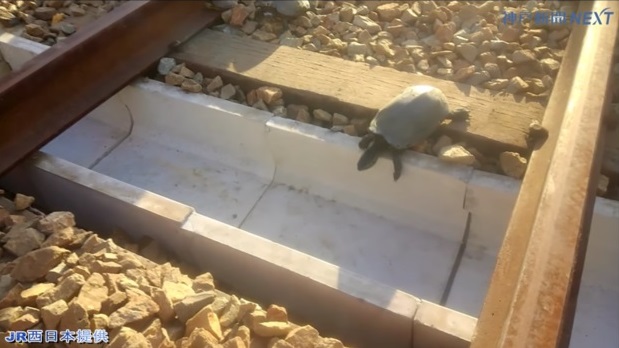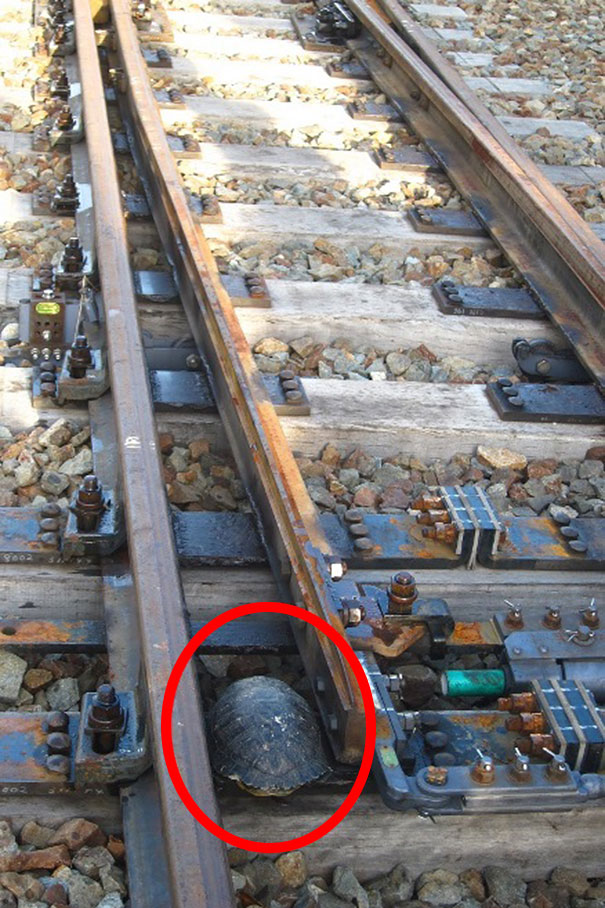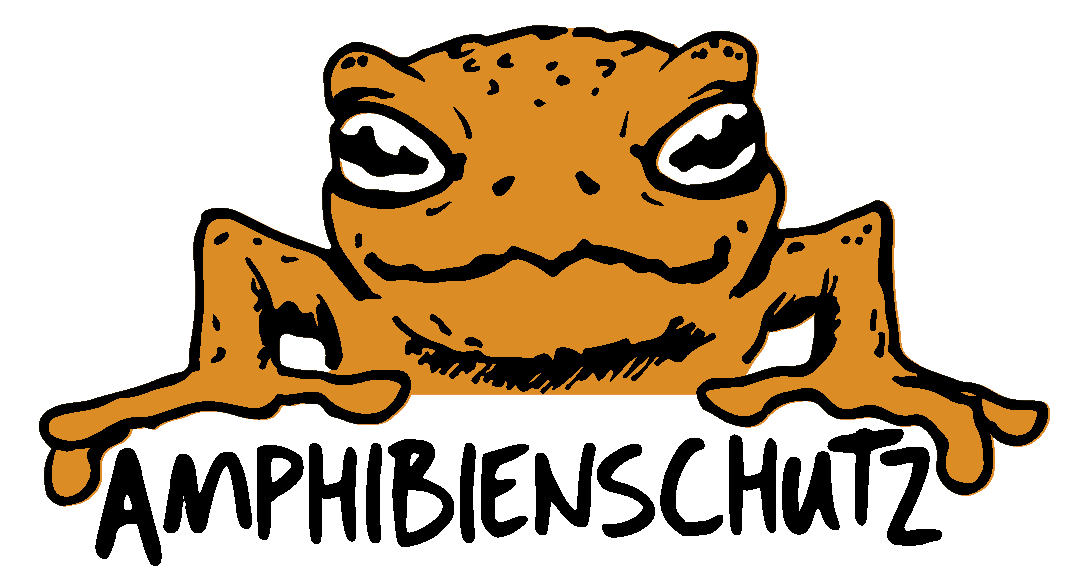Gaps under train tracks
Gaps between gravel and rails allow amphibians to cross the track bed (cf. Figures 1 and 2).
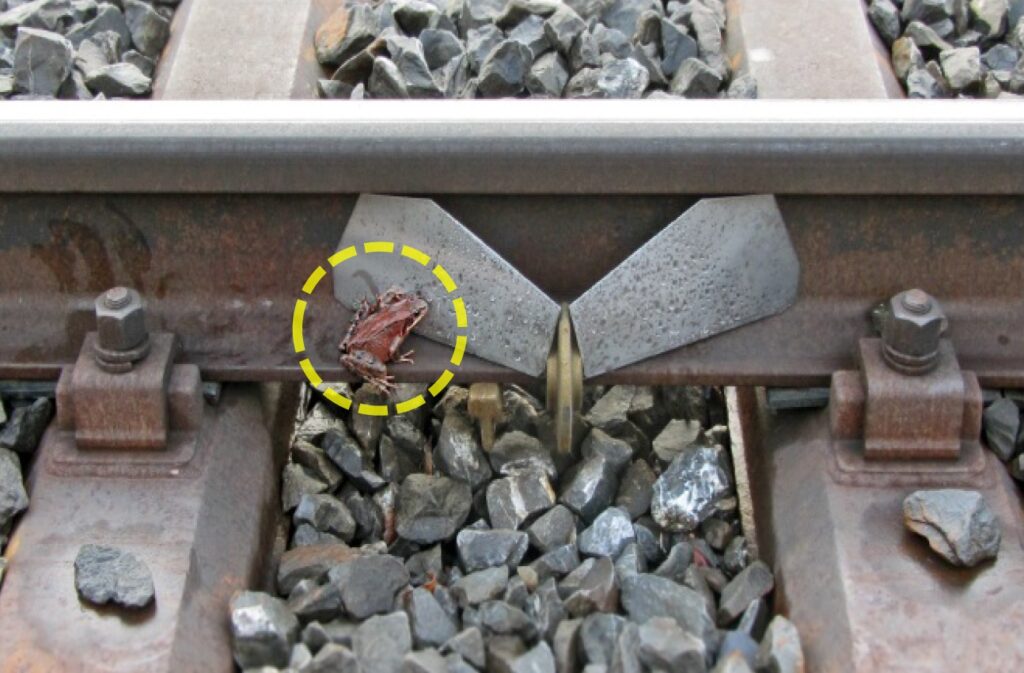
© Department of the Environment of the Canton of Aargau
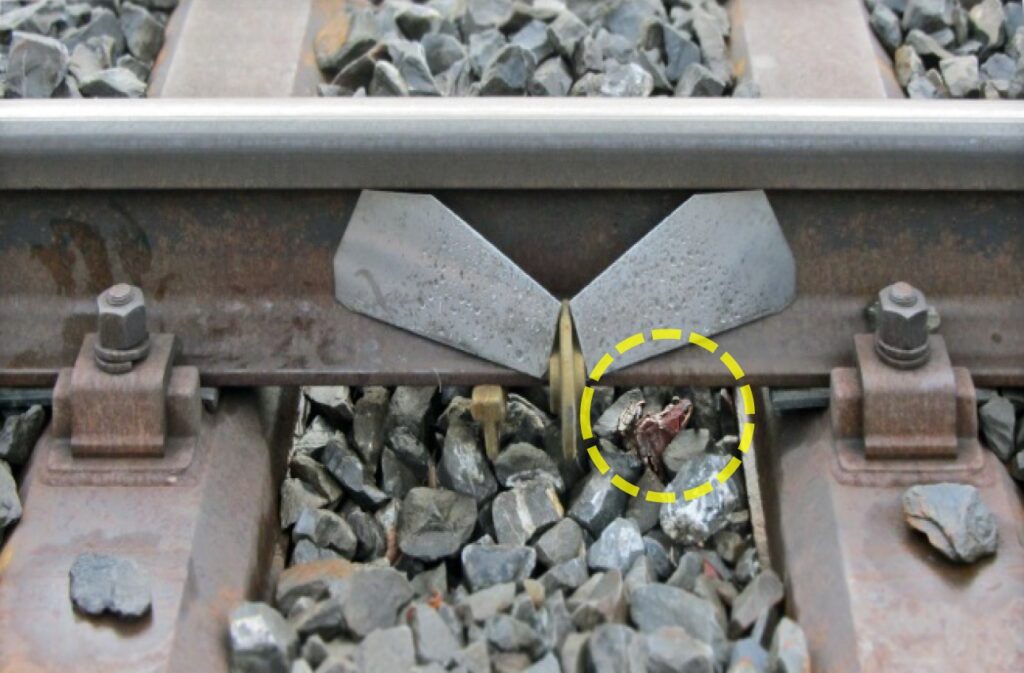
© Department of the Environment of the Canton of Aargau
Measurements by the Swiss Federal Railways have shown that these gaps did not affect the stability of the rails. The gravel only has to support the concrete sleepers. Nevertheless, there are not enough gaps in many places. If gaps arise by themselves, however, they are closed again during regular maintenance work on the gravel bed. The gravel can be pushed out by hand to create a gap. This measure is used, for example, in Hausen near Brugg (Canton of Aargau, Switzerland) or in a few other places (cf. Figures 3 and 4).
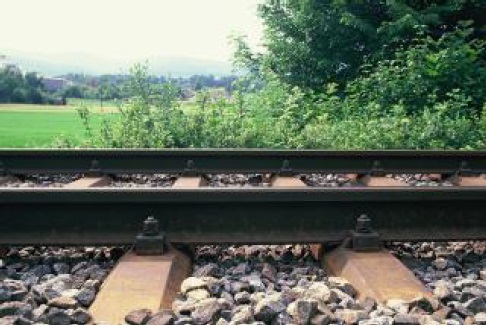
© E. Krummenacher
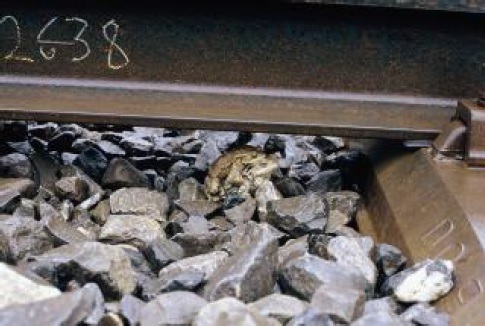
© E. Krummenacher
If there are hardly any or no gaps, the rail can become an amphibian trap. The amphibians keep trying to squeeze their way through supposed gaps and lose a lot of energy as a result. If the amphibians can make it through anywhere, and there are not enough gaps, they can be trapped between multiple rails or within one rail. Then there is a great risk of drying up or being eaten by rats (cf. Figure 5), crows and other animals.
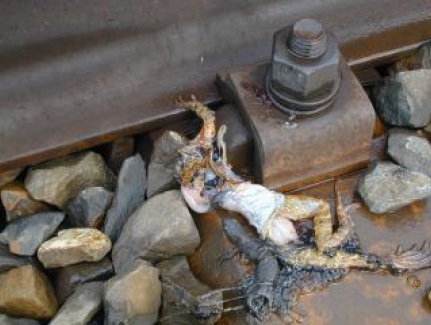
© E. Krummenacher
Passages provide a remedy. For amphibians and other small animals, half tubes (half-pipes) can be used as passages under the rails (cf. Figure 6) where larger tunnels are not possible. Whereas the tubes should be cut a little more than half, so they have overhanging, non-climbing properties. A piece of steel plate (track deflector) is necessary to force amphibians into the half-pipe under the rail (cf. Figure 7).
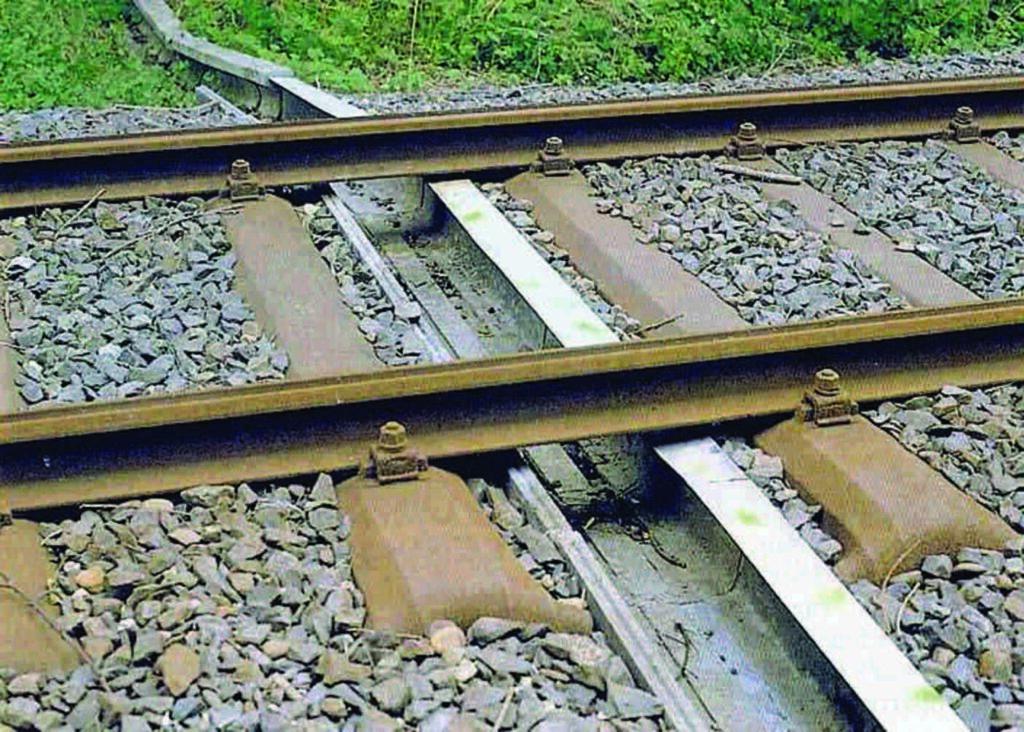
© U. Bolz
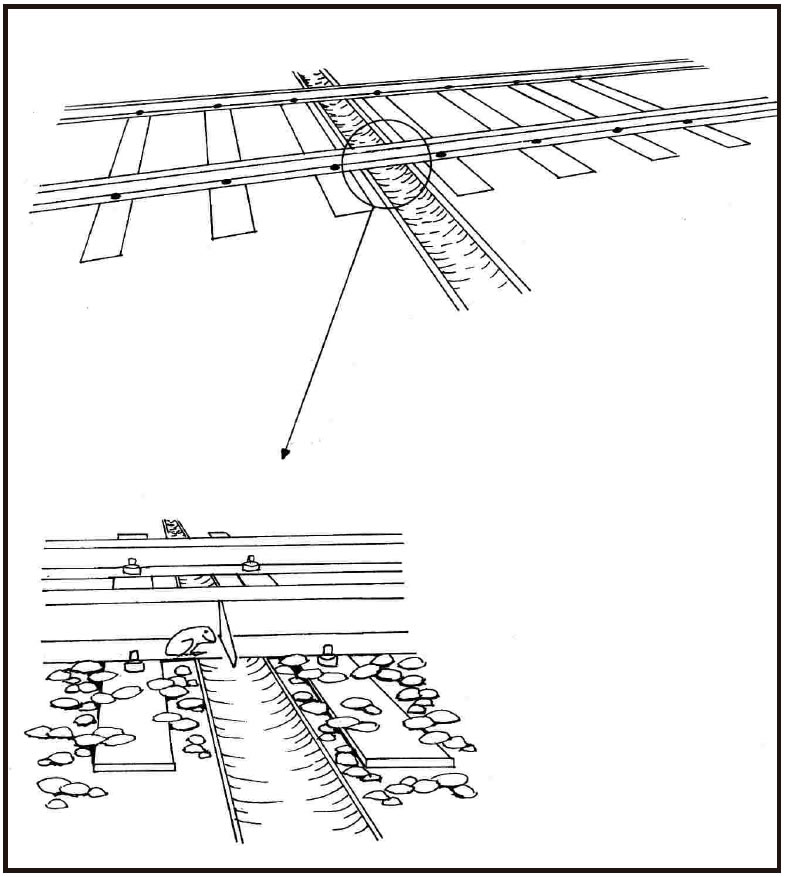
© Müller & Berthoud
Without a halfpipe, more track deflectors are usually needed (cf. Figure 8), so that the amphibians can pass through somewhere else. The track deflectors can be easily installed or hammered in (cf. Video 1).
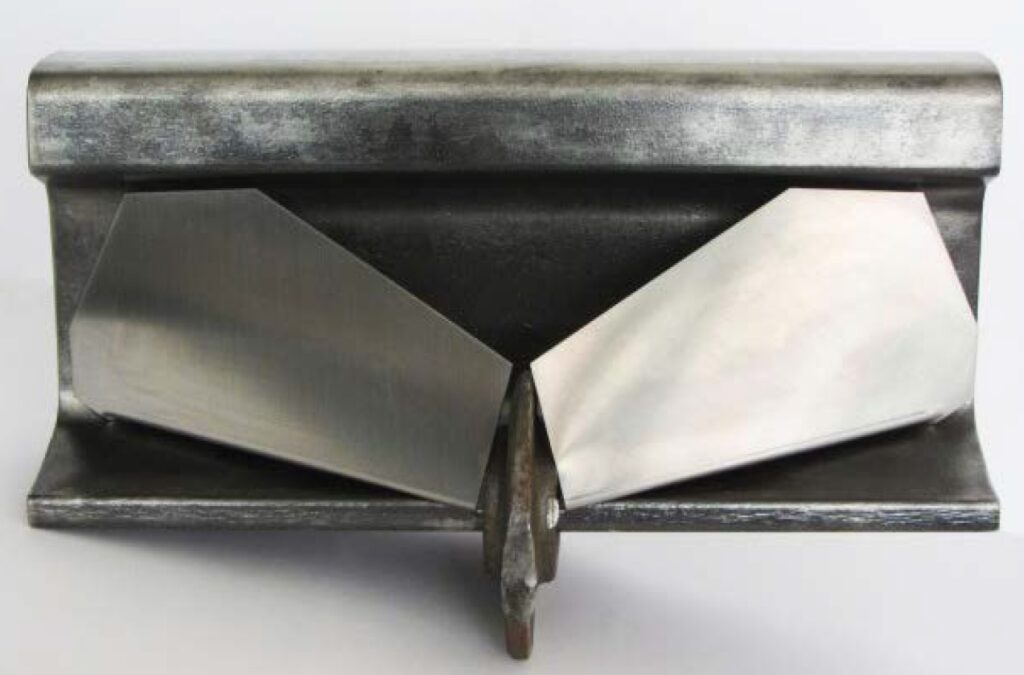
© Department of the Environment of the Canton of Aargau
An alpine newt, common toads and a common frogs find the gaps thanks to the track deflector (cf. Video 2). The original video and a PDF with information about the track deflector from the Department of the Environment of the Canton of Aargau are available here.
© Department of the Environment of the Canton of Aargau / Peter Hohler
Tunnels for turtles in Japan
In Japan, tunnels were built under the rails (cf. Figure 9) so that the turtles can survive and don’t get to the railroad switches (cf. Figure 10). The “West Japan Railway Company” also regularly checks its sections for captured turtles and rescues them.
